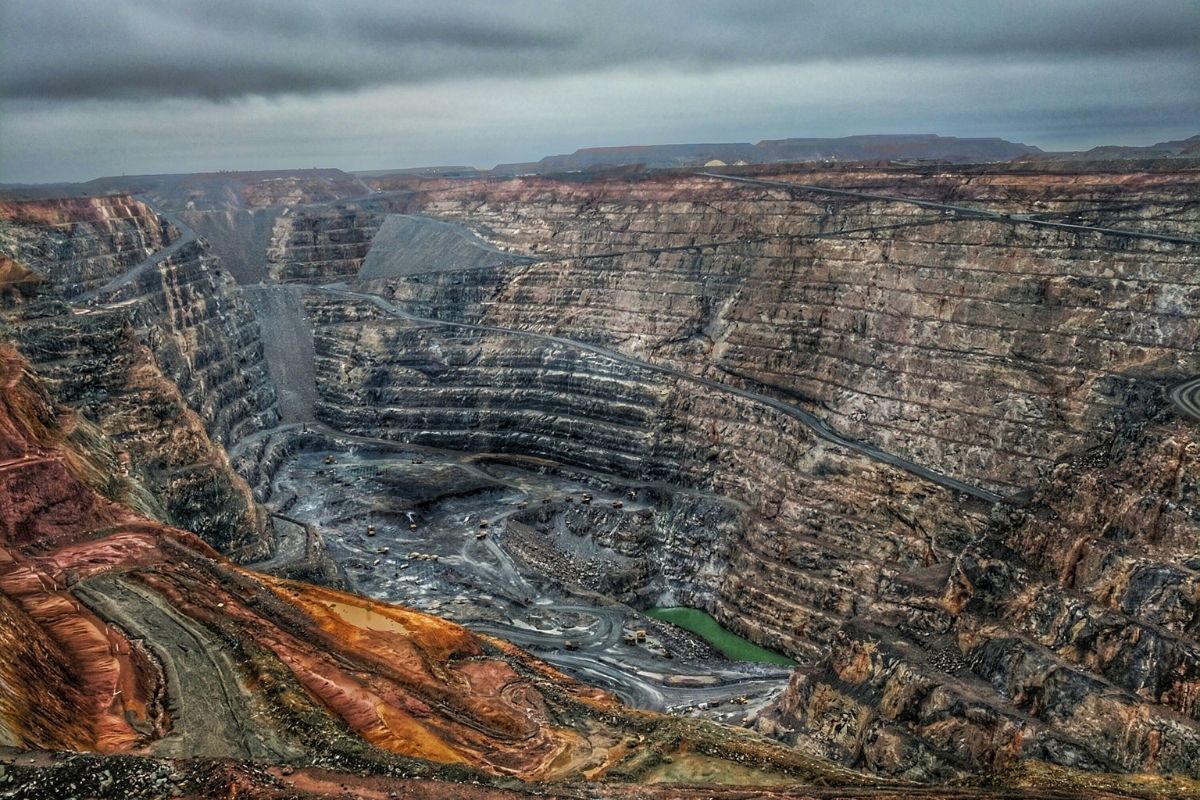Geologists call it the Ukrainian shield. That land in the middle which starts from the northern border with Belarus up to the shores of the Azov Sea, in the south of Donbass. According to the studies of the Ukrainian geological service, in the ancient rocks of this shield are hidden lithium deposits with great potential. Findings that have been identified mainly around the area of Mariupol, the port city of Donbass torn apart by Russian bombing.

Lithium deposits
Lithium deposits in Ukraine
“This may not be the main reason for the invasion, but undoubtedly Ukraine's mineral wealth is one of the reasons why this country is so important to Russia,” said Rod Schoonover, former director of the Environment and Natural Resources Section of the U.S. National Intelligence Council.
A wealth confirmed by the fact that Ukrainian lithium had begun to attract global attention as early as last year, before the Russian invasion halted exploration. Last November, in fact, the Australian company European Lithium said it was close to securing the rights to two promising deposits of lithium in the region of Donetsk (eastern Ukraine) and Kirovograd, in the center of the country. In the same month, the Chinese company Chengxin Lithium has also asked for the rights on some deposits, a move that would allow China to win the first deposit in Europe.
“Since there are no developed deposits, I highly doubt that lithium resources are the motivation for attacks in the Southeast,” Schoonover tells Renewable Matter. “But if this region falls under Russian control, lithium reserves would certainly be a co-benefit for the Kremlin. Certainly the rest of the world would have a say. It would not import lithium from a pariah state (a nation that is not recognized by the governments of other countries due to human rights violations), especially when there are better alternatives in geopolitically more favorable countries.”
Nothing is thrown away of pegmatitic rocks
One of the few geologists to have seen these ancient rocks is Andrea Dini, a researcher at the Italian CNR's Institute of Geosciences and Georesources, who participated in three campaigns at the Khoroshiv-Volodarsk mine in northern Ukraine. “The mine I saw never produced lithium, because its rocks contain lithium minerals (zinnwaldite, trilithionite and polylithionite) that contain fluorine,” Dini tells Renewable Matter, “and are problematic for the metallurgical processes of extracting the metal. Since 1991, Ukrainians here have been extracting mostly precious stones.”
Over the past two decades, however, the Ukrainian Geological Survey has conducted scientific and strategic research, identifying several areas with lithium minerals such as spodumene with very high potential. “The very ancient rocks that lithium producers are interested in are pegmatites containing spodumene (lithium aluminum silicate), the mineral preferred by industry,” explains Dini. “These rocks do not have polluting metals such as lead, zinc and cadmium, but they contain silicates (quartz, feldspar) that as waste material can be sold to the ceramic industry.” In short, of pegmatites, nothing is thrown away. According to the researcher, Ukraine and Serbia probably have the greatest potential for extracting lithium in all of Europe.
The other mineral resources in Ukraine
Ukraine has 10% of the world's iron reserves, 6% of titanium and 20% of graphite. “In geology, this extremely flat region is called peneplain,” Andrea Dini points out, “because it is so ancient that it has been flattened by erosion. Many of the rocks are billions of years old and you don't see them on the surface because they are covered by layers of sediment.”
There are more than just minerals in Ukraine, however. In the north east, near the Russian border, there is a 400-million-year-old sedimentary basin filled with organic material and black shale rocks. “These are black slates with large amounts of coal and methane. For example, part of US energy independence is due to the extraction of methane (Shale Gas) from these rocks on US soil.”
There is also another sector that has a close link with Ukraine's resources: Italian ceramics. The ceramic industrial district of Sassuolo is one of the most important in the world and the quality of its tiles also depended on the importation from Ukraine of clay and kaolin, a mineral that is extracted from the quarries of Donbass. In the Italian ceramics industry, 25% of raw materials – including clay considered prized – came from Ukraine. After the Russian invasion, companies in the district will have to find compatible and competitive alternatives. According to insiders, first of all they need to find another recipe, that is, a new mixture of clays, kaolins and feldspars with material imported from other countries.
Image: Matthew De Livera (Unsplash)



